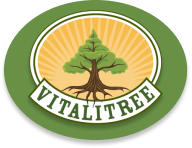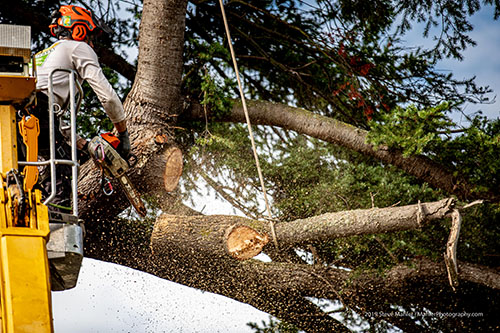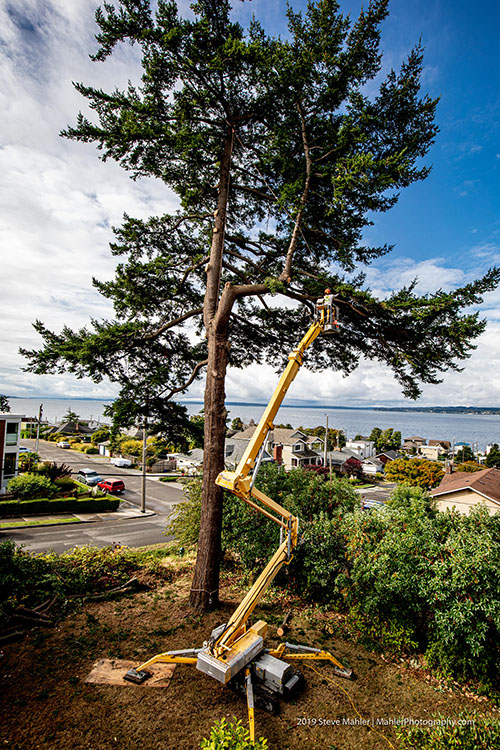Seattle and Vashon Tree Pruning
We take pruning trees very seriously and all of our arborists have a lot of education and training until they fully understand tree biology and response growth before ever cutting living branches off a tree.
One main way we accomplish this is through ISA certification which is obtained through studying for and passing an extensive test about all aspects of tree care and maintenance, and then having to maintain the certification through obtaining Continuing Educational Units by taking classes and workshops to stay current on the best practices in tree care.
Trees use their leaves to make food and survive and when you prune branches, you can often stress a tree out, so it is important to have a good reason to prune a tree and only take as much of the canopy away as is necessary to meet the goals of our clients while keeping the tree as healthy and safe as possible.
Common reasons we make pruning cuts include:
Safety:
Removal of deadwood which can break and hit targets below at any time, weight reduction cuts on long over extended branches to reduce chances of failure, pruning off any structurally unsound branches or stems, or “veterinizing” large very mature trees that are unsafe to remain at their current size but can be reduced to extend their safe lifespan. In some cases, trees that have been exposed to new forces from other trees being cut down around them can benefit from crown reduction cuts to lower the risk of the whole tree failing.
Health/Beauty/Structure:
Many older trees grow so thick that it causes dieback to inner and lower branches, and can cause an environment for some pests and diseases to thrive in the stagnant air inside the canopy. Proper thinning cuts can keep the whole canopy healthy for longer, while also getting more light into your yard. Pruning for beauty often involves cuts to enhance symmetry or structure, or promoting more flowering or just getting a tree into a certain shape. Proper structural pruning cuts on young trees can prevent many problems and save any future maintenance costs down the road.
Clearance issues:
Pruning trees and shrubs away from houses, wires, other trees, paths, etc. We use reduction and training cuts to train your trees away from where you don’t want them to grow. This is done by cutting back to branches that are growing where we do want them and therefore encouraging growth a certain way, instead of just arbitrarily picking a certain distance and cutting to that which will promote excessive sprouting and regrowth back to where you don’t want the trees.
Vista pruning:
We strongly recommend against topping trees because of how the tree responds to severe heading cuts, but what do you do when a tree is outgrowing its space or is growing into a view? We use reduction cuts that go back to lateral branches large enough to reduce excessive sprouting and provide some chance for proper wound sealing. Reduction cuts can be very stressful for a tree, and we try to find a balance between the customers needs and the health of the tree, sometimes this means that cuts are not exactly exactly symmetrical or in a straight line, but long term the tree will respond better and there will be less maintenance, and the new growth will look better.
Fruit tree pruning:
We prune many many fruit trees around the city. Fruit tree pruning has different goals than most other pruning and follows a different set of rules that may change depending on how old the tree is and what kind of maintenance has been done in the past. We can help you decide what the best type of pruning schedule would be right for your fruit trees.
Crown restoration:
Many trees get pruned by people that don’t understand what they are doing, resulting in over sprouting, poor structure, or unsafe growth. We can usually correct this by proper cuts, thinning, reduction cuts, etc. Sometimes a crown can be restored to a proper structure in a single year, sometimes it may take several prunings over multiple growing seasons to restore a tree to optimal health. We can help you decide on the best plan of action for restoring your trees.
Specialized pruning techniques:
We are familiar and trained in specialized pruning techniques such as espalier, pollarding, Japanese cloud pruning, topiary, etc. And we can help train your trees into these styles, or maintain your mature trees that have already been pruned into them.
Get Our Holistic Tree Care Cheat Sheet
Your instant, year-round tree care guide and quick reference for taking care of your trees, keeping your home safe, and identifying common problems.





